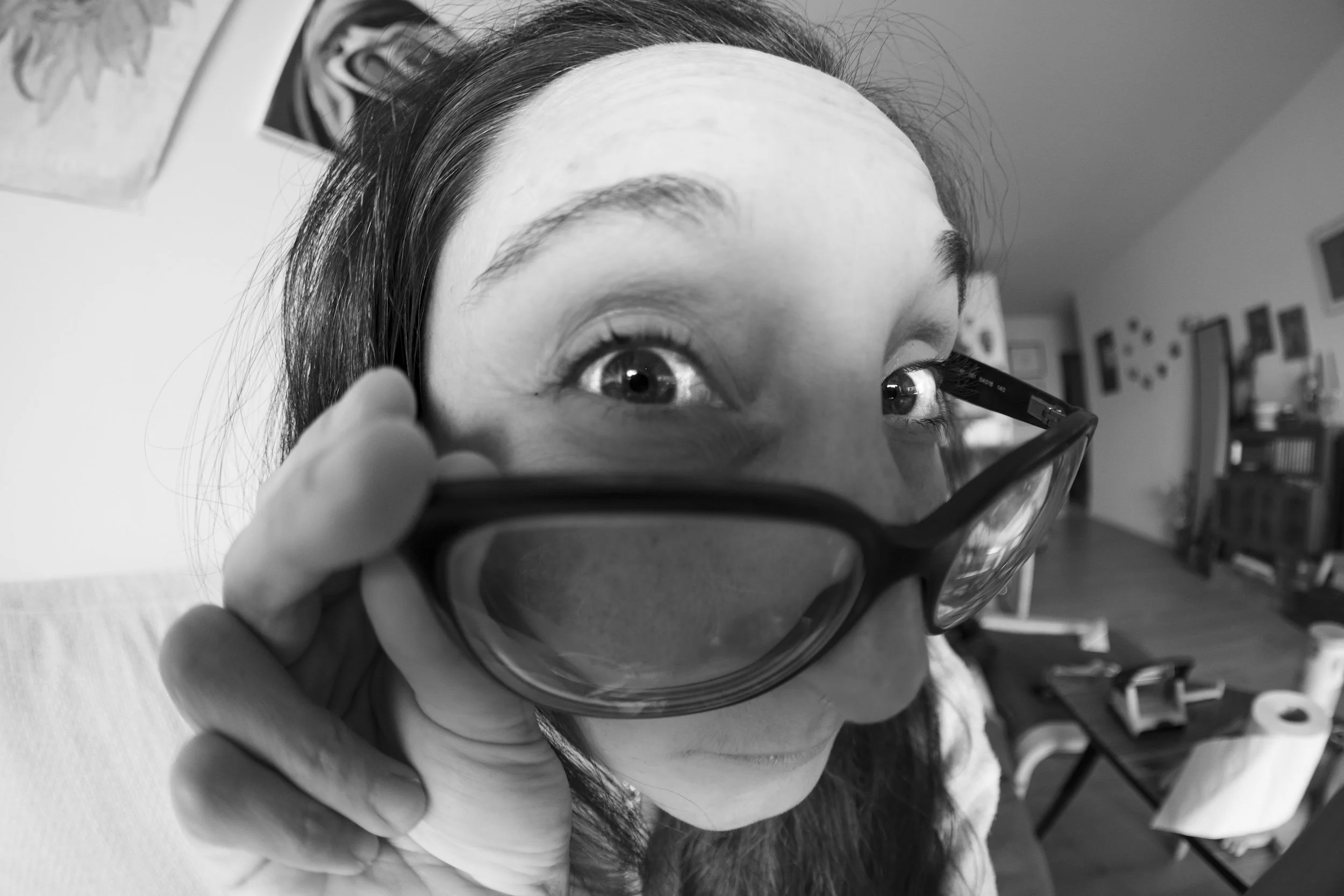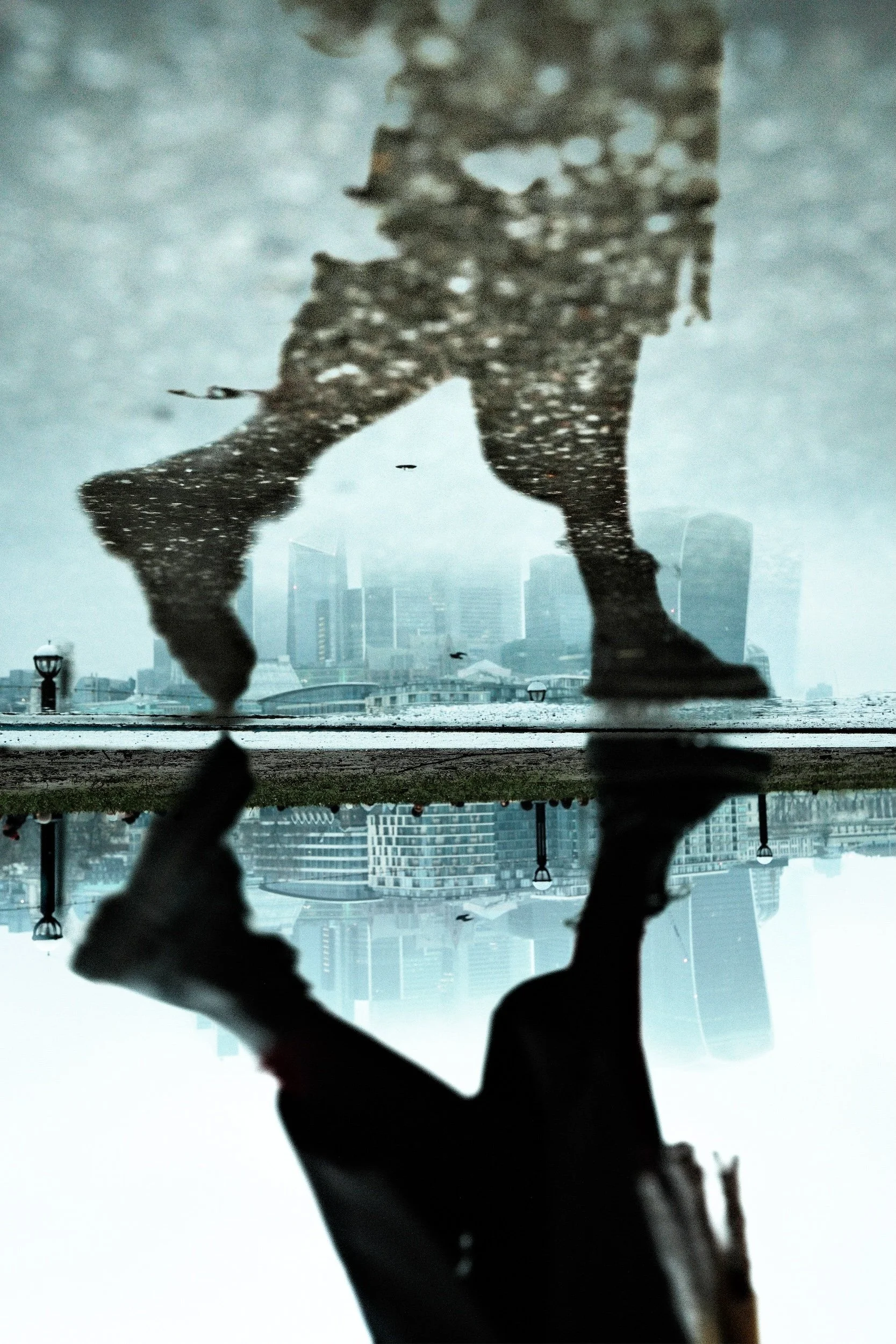7. The one and only focal length for street photography: does it really exist?
Buongiorno a tutti e buona Domenica! I hope you had a nice week ! :)
Today I decided to start my morning a bit slower than usual: I needed to dedicate some time to my books, my journal …and to clean my Fuji cameras and lenses. I don’t know you, but I definitely do not baby my gear.
I treat it well, for sure, but it does not stand unused on the shelf, so from time to time I need to properly clean the glasses, remove dirt from the camera and so on.
When I lined up my lenses a few hours ago I realized that I own a wide range of focal lengths, going from the ultrawide 7.5 mm Fisheye to the 90 mm mid-telephoto. I already imagine the first question that you would ask, if we were at a real café’ now, and I showed you the photo below: “Which one should I buy for street photography? Which is the best?”.
7Artisan 7.5 mm f/2.8 Fisheye; Fujifilm XF 23 mm f/1.4 LM WR, XF 35 mm f/2 WR, XF 16-80 mm f/4 WR, XF 56 mm f/1.2 WR, 90 mm F/2 LM WR.
My reply will always be: “I can tell you how to select YOUR focal lens, but I cannot know how YOU see the world around you”.
The focal length you pick determines your angle of view (how much you see of the scene), the magnification and the perspective. I tried to make a schematic drawing of the different focal lengths and how they affect your field of view.
Schematic drawing prepared by me, inspired by Fujifilm website.
Now a question for you: how do YOU see the world around you? When you are on the street with your camera, are you attracted by details and your eye “zooms” on one particular subject, or you see the overall scene, the interaction between people, the architecture of buildings, leading lines and so on?
Don’t tell me “I don’t know”. You know, but you have probably never actively thought about it, or you are biased by the many YouTube videos claiming that the “Nifty fifty” (50 mm on a full sensor, 35 mm on ASPC sensor) is the one to pick if you want to become a good street photographer.
Why do they say that? Well, it is known that the 50 mm (35 mm APSC) is the focal length that is close to the human eye’s perspective, offering a natural view without distortion. Many of the most famous street photographers were shooting with a 50 mm focal length (35 mm), such as Henry Cartier-Bresson, Robert Capa, Elliot Erwitt, so …. let’s go for the exactly the same lens, same perspective, same way of seeing reality, and we will be like them!!!!
No, right? :) It sounds a bit silly, I agree. But this is how most photographers reason around the focal length dilemma, because it is easier. “Let’s choose what they tell me to choose and all will be great”.
I have been guilty of this myself. I started my photography journey with the Fujifilm kit lens 16-80 mm f/4. I had no clue about the photography niche I wanted to pick, so the 16-80 mm was the easy choice for a versatile use during my travels. I soon fell in love with street photography, and I was told to buy the 35 mm prime lens: the best, the one and only for street photographers. What do you do when you are a beginner? You follow suggestions without thinking too much, so I ended up buying the Fujifilm XF 35 mm f/2. Small lens, light weight, perfect to carry every day with me… but I quickly realized that every time I used it, I needed to crop my photos, or I wanted more in the frame. Not wide enough and not close enough. I started wondering if I did not have the right eye for street photography. “Street photographers should see in 50 mm!!!” :( .
Fujifilm X-T4 + XF 16-80 mm f/4, Fujifilm X-T5 + XF 35 mm f/2
Everything changed when I started following my vision, my own way of looking around when walking in the street: I bought the Fujifilm 56 mm f/1.2 WR and the 90 mm f/2 LM WR. “Very, those are portrait lenses, not lenses for street photography! It is difficult to shoot with them!”. And my “I don’t care what people say” moment started. Freedom! I started to experiment, and those 2 lenses became my best friends. They helped me to isolate my subjects without having to intrude in the scene and to frame the details I wanted without having to dramatically crop my images. I accepted that I do not have a “nifty fifty” eye. I see in 85 to 135 mm, I do not like to interact with people, I love to take “secret” shots without being seen.
Fujifilm X-T4 + XF 56 mm f/1.2 WR ; Fujifilm XT-5 + XF 90 mm f/2 LM WR
Now you are going back to the picture with the line-up of my lenses, I know that, and you are thinking “You also have an ultra-wide fisheye and a 23 mm, Very”! True that. I think that despite the focal length helps creating a personal style in street photography, using only one focal length can make your eyes “lazy”.
After carrying the 56 mm or the 90 mm with me every single day, I sat in my comfort zone and did not feel as creative as before. Shock therapy: I bought the 7.5 mm fisheye lens, and my angle of view opened. Challenges make you creative, this is the truth. Some days with the fisheye always give me a creative boost, and show me that creativity starts when you dare to do something different.
The Fujifilm 23 mm f/1.4 LM WR came as last, and I use it sometimes for the same reason I purchased the fisheye.
I train my eye to be elastic, flexible, active and creative, and when I go back to my 85-135 mm angle of view, I capture the streets with a new perspective, I see more, because I have experienced wider focal lengths.
In conclusion, there is no right or wrong choice for your street photography style. To help you choose your focal length, I suggest to:
1. Go out with the lens you already have and feel how your eye is reacting: if you have a zoom lens, see if you are zooming in all the time or if you are using mostly the widest focal length your zoom has. If you have a prime lens, ask yourself if you feel the need to crop the photos in post, or if you continuously feel that you need more space.
2. Do not passively follow the “must-do in street photography”: creativity start when you dare to experiment what others have never done. To find your style and your focal length you need to try with no fear of making mistakes or being judged. Who knows, you might end up inventing a new street photography style!
3. Once you found your focal length, do not exclude “a priori” all the others: challenge your eyes, put yourself out of your comfort zone from time to time and your street photography will always feel as a fantastic adventure, even in the same “boring” streets.
Have a great Sunday, and chat photography soon again!
Very







